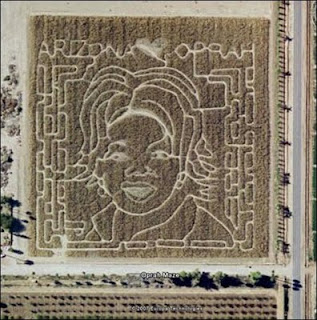

The Black Hills & Badlands of South Dakotaįrom the four faces carved high on Mount Rushmore and the Cathedral Spires of Custer State Park to the wondrous caverns of Wind Cave, from the otherworldly Badlands in the east to Devils Tower in the west – the Black Hills are home to many truly monumental places. The Red Deer River valley is internationally known its abundance of fossils, particularly of dinosaurs. The town of Drumheller is located on the Red Deer River in southern Alberta, 138 km northeast of Calgary. Prairie grasses dominate the landscape above the valley rim. Cacti, greasewood and many species of sage survive in the hot, dry badlands. What plants and animals live in the Badlands Alberta?Ĭottonwood and willow trees share the moist riverbanks with saskatoon, rose and buffaloberry bushes. They are characterized by steep slopes, minimal vegetation, lack of a substantial regolith, and high drainage density. What is distinctive about badlands terrain?īadlands are a type of dry terrain where softer sedimentary rocks and clay-rich soils have been extensively eroded. It has sparse vegetation and soft, clay soil. It receives little but intense showers of rain. The area covered by the Badlands Guardian is an arid land. The precise location of the Badlands Guardian on Google Earth is at the coordinates (50° 0’38.20″N, 110° 06′ 48.32″W). What are the coordinates of the Badlands Guardian? Are there cactus in Badlands?Ĭacti can be found throughout the Badlands. In 2012, the National Park Service is considering a new fossil excavation. Over 13,000 bones have been excavated from the site for research purposes. How many fossils have been found in the Badlands?

#The badlands guardian coordinates full#
Viewed from the air, the feature has been said to resemble a human head wearing a full Indigenous type of headdress, facing directly westward. The Badlands Guardian is a geomorphological feature located near Medicine Hat in the southeast corner of Alberta, Canada. Where is the Badlands Guardian in Alberta? How far are the Badlands from Calgary?ĭrumheller is 135km northeast of Calgary, about 1 hour 45 minutes by car. Today, the Badlands are a great place for hiking, fossil hunting, taking a scenic drive and spotting wildlife.

The Lakota people dubbed this region “mako sica,” or “bad lands,” long ago because its rocky terrain, lack of water and extreme temperatures made it difficult to traverse. What caused the Drumheller Badlands?įormed by the effects of erosion caused by water, wind, and frost, the Drumheller-area Hoodoos are striking geological formations that have become internationally recognized icons of Alberta’s badlands. The rock formation measures 255 metres wide and 225 metres long on land which has been leased by local ranchers. The suggested name `Guardian of the Badlands was altered and came to be known as `Badlands Guardian’.

They flank the river for 300 km, culminating in their most impressive display in Dinosaur Provincial Park, where world-famous dinosaur fossils have been discovered. Where do the badlands start in Alberta?īadlands are particularly prevalent along the river valleys of southern Alberta, especially along the Red Deer River. The badlands were named by early French explorers who termed their steep-sloped mesas (flat-topped mountains) and deep, winding gullies as “bad lands to cross.” Don’t miss a chance to camp and explore this otherworldly landscape.


 0 kommentar(er)
0 kommentar(er)
